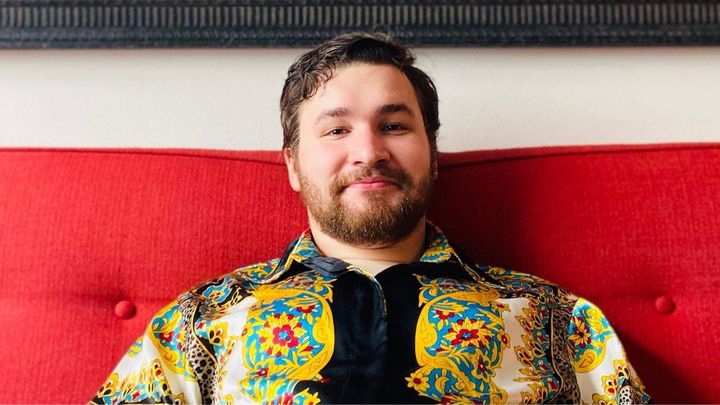New to Ambient Music? Start Here
A surface-level introduction to the world of ambient music

With all of the stress, tension, and instability that this year has brought with it, now is a better time than any to dive into the relaxing ocean of content in the world of ambient music.
The genre has its roots in the early 20th century “furniture music” and was used to fill silence at dinners and to create atmosphere to an otherwise quiet event. Called “musique d’ameublement” in French, it was a style of music that was repetitive and minimal in nature.
“It would fill up those heavy silences that sometime [sic] fall between friends dining together. It would spare them the trouble of paying attention to their own banal remarks. And at the same time it would neutralize the street noises which so indiscreetly enter into the play of conversation. To make such music would be to respond to a need.” — Erik Satie, French composer and coiner of the term “furniture music
Brian Eno is credited with the creation of the term “ambient music” in the mid-70s, highlighting that the focus of ambient music should be to create a sense of calmness and to give the listener space to think. In the liner notes of his 1978 album “Ambient 1: Music for Airports”, he added that ambient music should “accommodate many levels of listening attention without enforcing one in particular; it must be as ignorable as it is interesting.”
A quick search on YouTube for “ambient music” demonstrates the genre’s firm footing on the internet as anything from a meditation guide to a sleep aid. Videos range from about 1 to 10 hours and the most popular channels get millions of views. Similar in ambition to YouTube’s wildly popular lofi hip hop, it’s clear that sonic adornments for the background of our mental spaces are here to stay.
I’m no expert in ambient music, but I’ve compiled a couple pieces that can serve as a sampler for the uninitiated listener who just needs to unwind.
Brian Eno — “Ambient 1: Music for Airports”
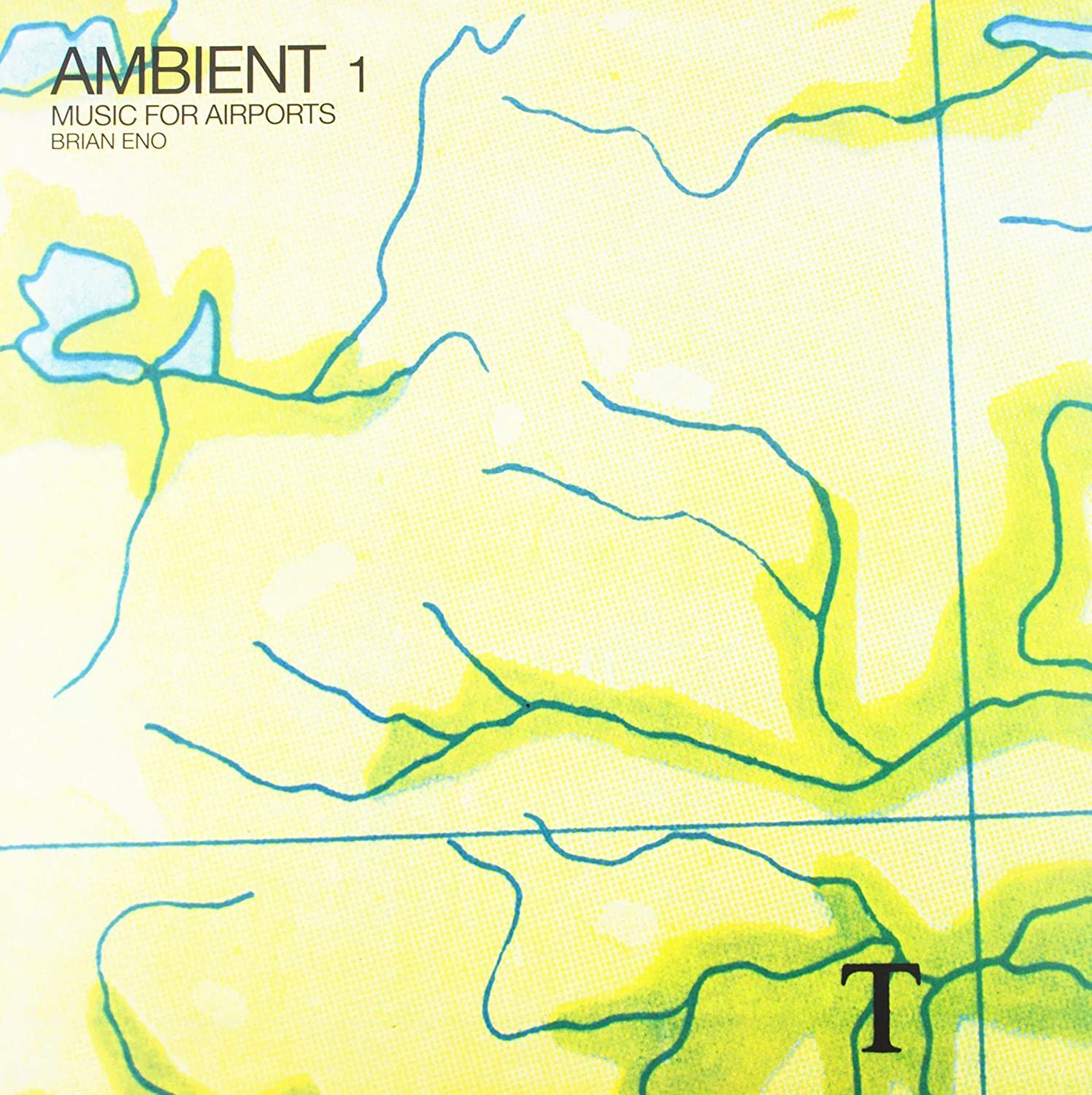
Eno, after a long wait in a German airport, was dissatisfied with the atmosphere of the terminal and set out to create an album that could defuse the anxiety-inducing setting. The richness and delicate nature of the album makes it easy and pleasant to listen to in any mood and at any time. Absolutely essential listening for those new to ambient music.
Hiroshi Yoshimura — “Green”
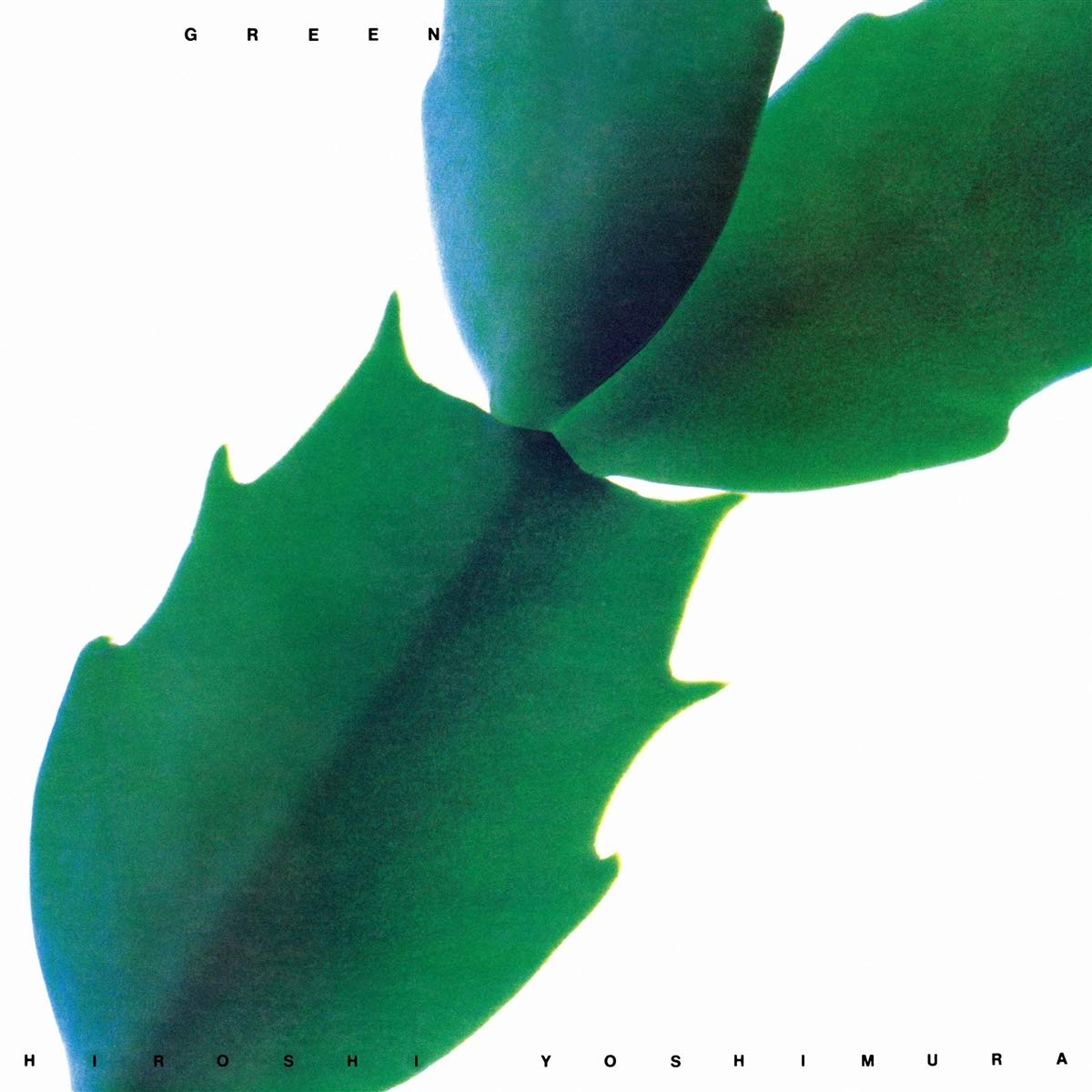
Not very well known outside of his country during his life, Hiroshi Yoshimura was a pioneer in Japanese ambient music who rose to prominence in America after the 2017 reissue of his debut album found itself being algorithmically selected for use in playlists. “Green” is the fourth album from the artist and features a blend of natural and synthesized sound. Tracks range from the bright and quite rhythmic opening track titled “Creek”, to the far more mellow “Sleep”.
Aphex Twin — “Selected Ambient Works II”
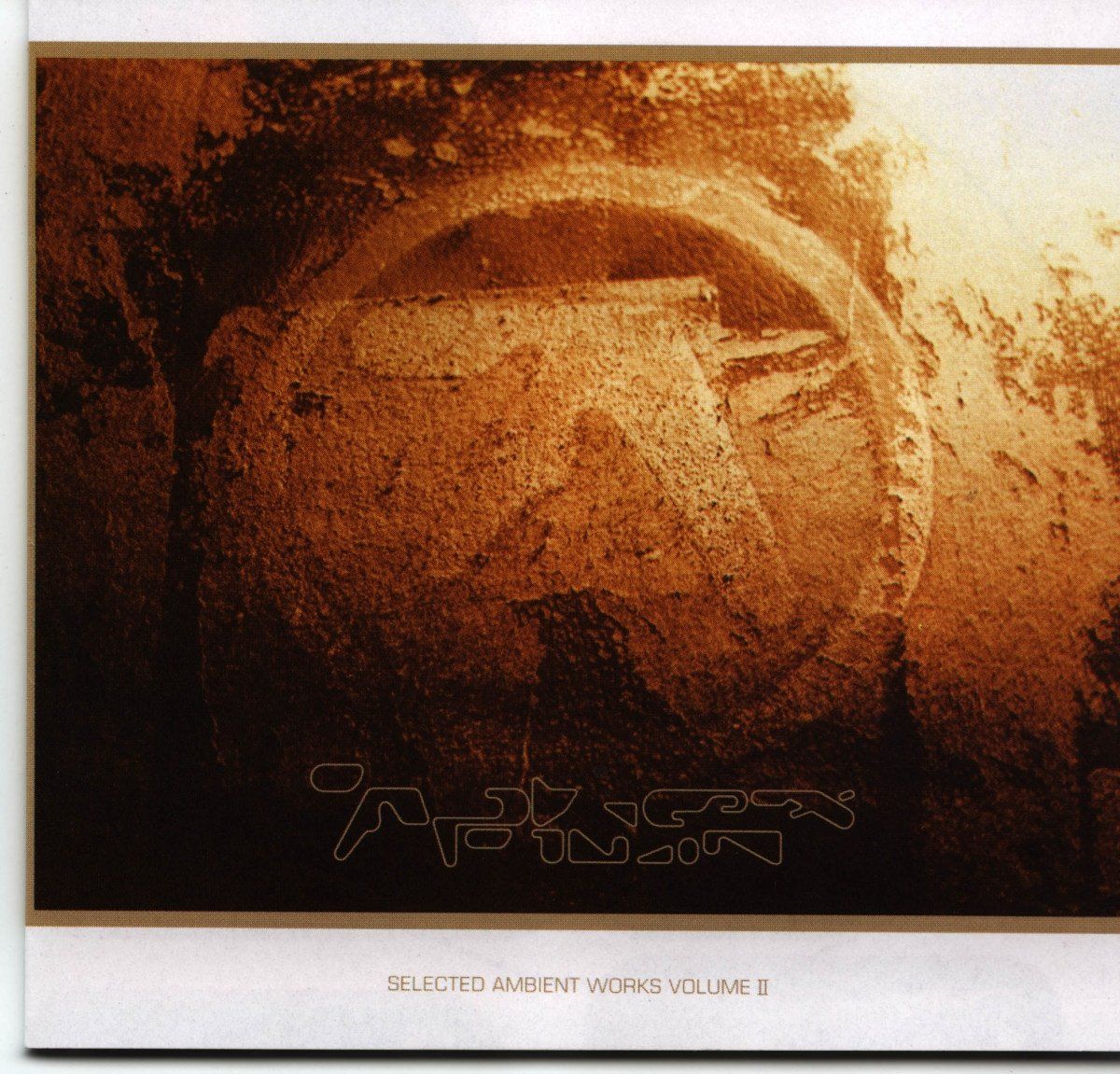
Claimed to have been inspired by lucid dreams and synesthesia, “Selected Ambient Works II” wasn’t very well received when it was released. Since then though, it has been placed on many lists of top albums of the 90s by publications. This record is dark and almost haunting at times paints some really great mental images with sound.
Julianna Barwick — “Florine”
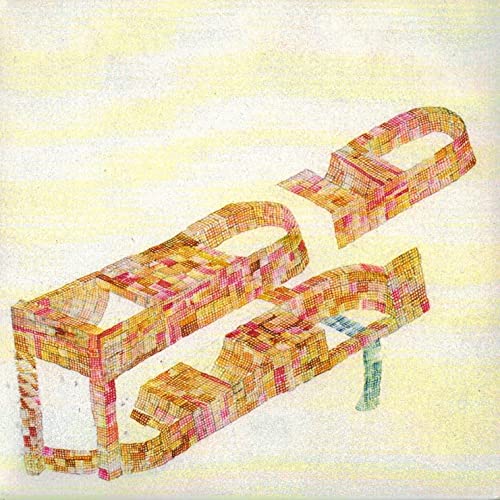
“Florine” is the second release from Julianna Barwick and it beautifully utilizes layered vocals and synths to create lush soundscapes. It’s a quite simple album and is actually quite short compared to other works on this list, but it really stands out to me as a prime example of how gorgeous the genre can be when executed so flawlessly.
Laurie Spiegel — “The Expanding Universe”
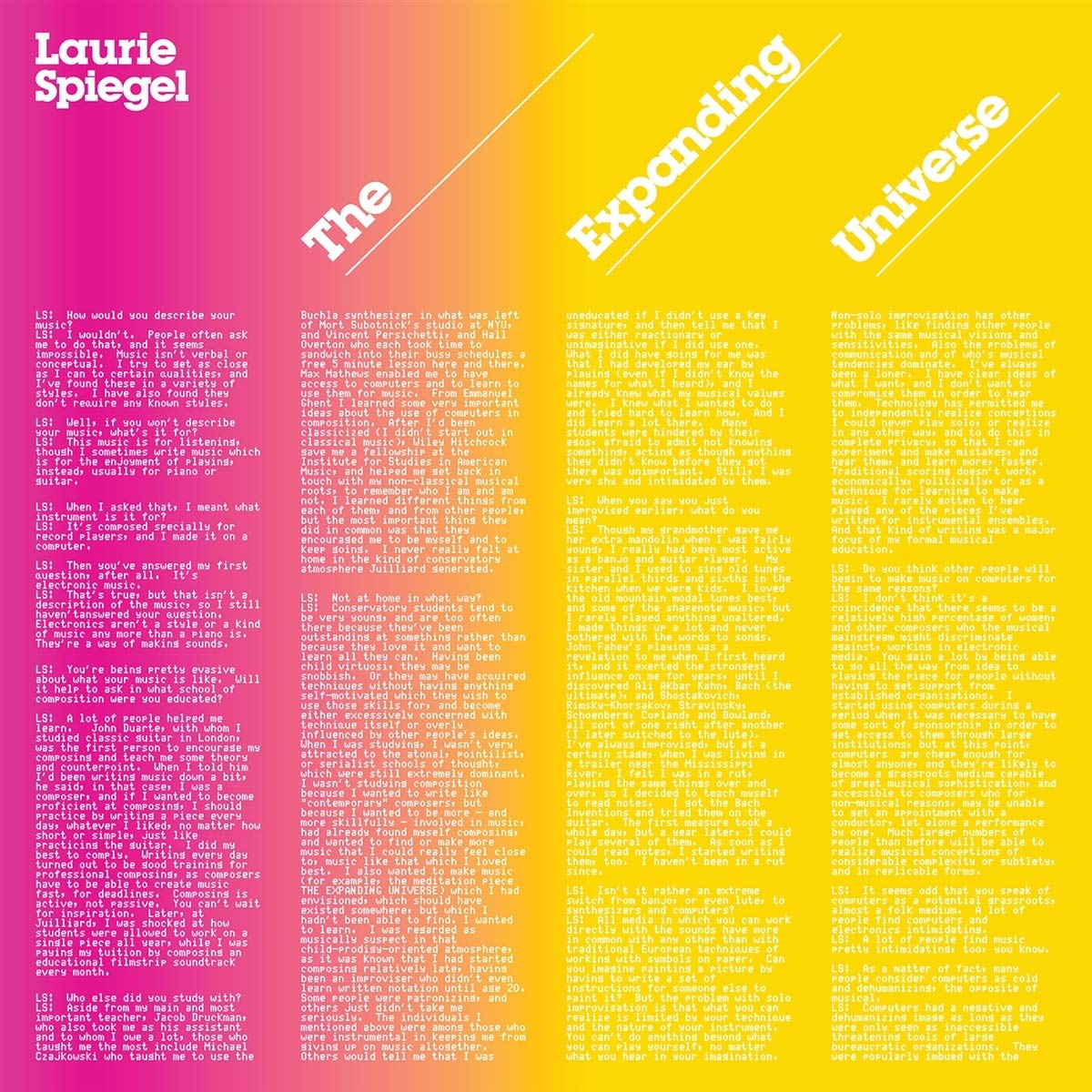
Laurie Spigel is a software engineer and composer and she flexed both of those skills in her 1980 release of “The Expanding Universe”. It was composed between 1974-1976 using a rudimentary music application developed at Bell Labs where she worked at the time. Like it’s cover, the record feels warm and inviting. This groundbreaking album also was featured on both Voyager spacecrafts, with an excerpt of “Kepler's Harmony of the Worlds" being added to the Golden Records titled “Music of the Spheres”.
Going Deeper
Ambient music is such a deep well of truly stunning artistry and I believe there is a style or artist in this space for everyone who wants to find one. This doesn’t even scratch the surface, but here are a couple sub-genres of ambient music that I personally have found very enjoyable.
Drone
Drones in music have had their place in history all the way from the didgeridoo of the Australian Aboriginal people, to many instruments in India, and even the banjo with it’s drone string. In the context of modern ambient music, drone music has a focus on sustained notes and/or chords with little to no rhythmic elements. The sub-genre is very and stretches many different cultures so it’s hard to say where one should start. Personally, a favorite is La Monte Young, and his work “Composition 1960 No. 7”. Explore this sub-genre if you think it sounds interesting, the rabbit hole goes quite deep.
Lowercase
Lowercase music is a sub-genre of ambient music that is very minimal and experimental. It’s produced by recording very quiet sounds and processing them heavily. The genre was pioneered by Steve Roden in 2001 with the release of “Forms of Paper”, and it still is the most prominent work in the lowercase sub-genre. The record was commissioned by the Hollywood branch of the Los Angeles public library for an exhibition, and features recordings of Roden rubbing, scraping, and handling paper.

